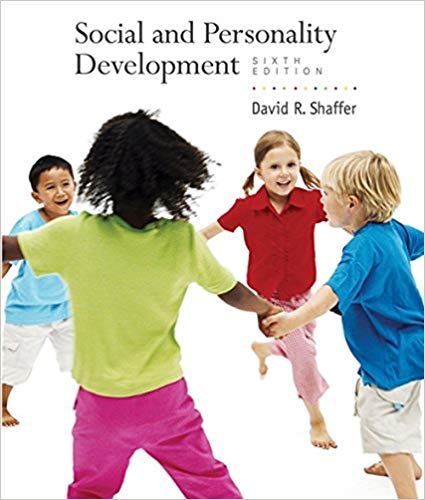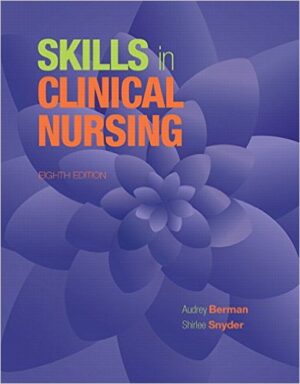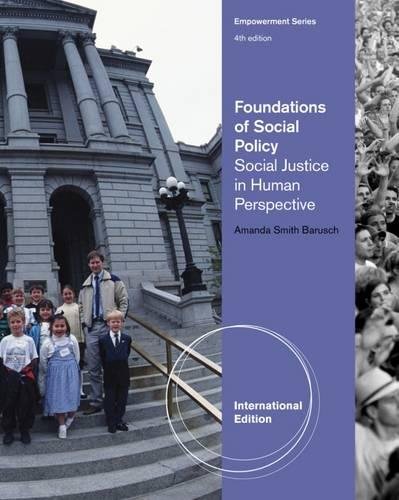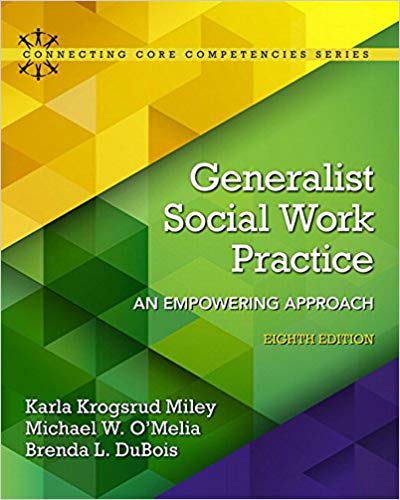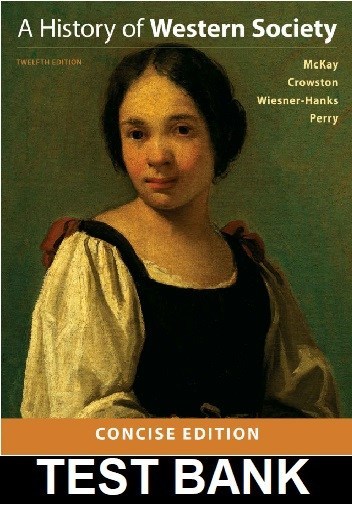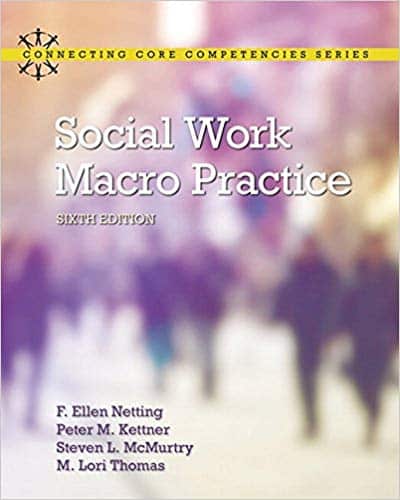Social And Personality Development 6th Edition By David R. Shaffer – Test Bank
Do you need test banks fast? eTestBank.net is the best test bank website for you! Download your test bank right after you pay. No waiting!
Why eTestBank.net is Great:
✅ Instant Download:
Get your test bank right away after payment.
✅ Unlimited Downloads:
Download your test bank anytime and as many times as you want.
✅ 24/7 Live Help:
We are here to help you all day, every day.
✅ Guaranteed Delivery:
If you don’t get the download right away, we will send it to you in 3 to 6 hours.
How to Get Your Test Bank:
- Pick Your Test Bank: Choose from many test banks.
- Pay Safely: Pay securely on eTestBank.net.
- Download Instantly: Get your test bank immediately after payment.
- Download Anytime: Unlimited downloads whenever you need them.
Need Help? Contact Us:
📧 Email: [Support@etestbank.net]
📱 WhatsApp: [https://wa.me/message/MC222DLQ4GDXL1r]
Didn’t Get Your Download?
Don’t worry! If you don’t get the file right away, we’ll send it to you in 3 to 6 hours. Need it sooner? Contact us by email or WhatsApp.
💡 Buy now from eTestBank.net for instant downloads, unlimited access, and 24/7 support—get your test bank today!
Chapter 4:
EMOTIONAL DEVELOPMENT AND TEMPERAMENT
Chapter Outline
● AN OVERVIEW OF EMOTIONS AND EMOTIONAL DEVELOPMENT
Two Theories of Emotions and Emotional Development
● APPEARANCE AND DEVELOPMENT OF DISCRETE EMOTIONS
Sequencing of Discrete Emotions in the First Year
Development of a Positive Emotion: Happiness
Development of Negative Emotions
Fear and fearful reactions
Development of Self-Conscious Emotions
Parental influence on self-conscious emotions
Later Developments in Emotional Expressivity
● IDENTIFYING AND UNDERSTANDING OTHERS’ EMOTIONS
Early Identification and Interpretation of Emotions
Social referencing
Emotions, emotional understanding, and early social development
Later Developments in Identifying Others’ Emotions
Understanding the Causes of Emotions
Parental Contributions to Early Emotional Understanding
● LEARNING TO REGULATE EMOTIONS
Early Socialization of Emotions and Emotional Self-Regulation
Emerging Cognitive Strategies for Regulating Emotions
Learning and Abiding by Emotional Display Rules
● EMOTIONAL COMPETENCE, SOCIAL COMPETENCE, AND PERSONAL ADJUSTMENT
● TEMPERAMENT AND DEVELOPMENT
What is Temperament and How is it Measured?
Measurement of temperament
Hereditary and Environmental Influences on Temperament
Hereditary influences
Environmental influences
Stability of Temperament
Early Temperamental Profiles and Later Development
Temperamental profiles and children’s adjustment
Child Rearing and temperament
Cross-Cultural Variations in the Developmental Implications of Temperament
- SUMMARY
Annotated Web Link
Temperament
Information about behavioral individuality in infants, children and adults
-Test Bank-
Multiple Choice Questions
4-1, p. 102 WWW
According to developmentalists who study emotions, an emotion consists of
a. a positive or negative feeling
b. physiological responses that accompany a feeling
c. thoughts that accompany a feeling
*d. all of these
4-2, p. 102
Which of the following is not a component of an emotion?
a. a positive or negative feeling
b. physiological responses
c. a goal
*d. none of these
4-3, p. 102
Sue opens her birthday package, finds the arts materials she hoped to receive, and her heart pounds. She feels really good, which prompts her to turn and say, “Thank you Grandma for these art materials.” Of these reactions, which would not be considered a component of Sue’s happy emotion:
a. her desire to thank her grandmother
b. her pounding heart
*c. the act of unwrapping the gift
d. the thought that her wish was granted
e. all of these
4-4, p. 103
_____ proposes that basic emotions that humans display are products of evolution and have adaptive value.
*a. discrete emotions theory
b. primary emotions theory
c. secondary emotions theory
d. the functionalist perspective on emotions
4-5, p. 104
_____ proposes that newborns and young infants emit global displays of positive or negative affect and that even simple emotions must develop over time.
a. discrete emotions theory
*b. the functionalist perspective on emotions
c. primary emotions theory
d. secondary emotions theory
4-6, p. 104
_____ proposes that the most basic purpose of emotions is to influence behavior or promote some action toward achieving a goal.
a. primary emotions theory
b. secondary emotions theory
*c. the functionalist perspective on emotions
d. discrete emotions theory
4-7, p. 104-105
Which of the following observations implies that young infants experience and convey distinct emotions?
a. adults observing the same facial expressions agree about the babies’ emotions
b. adults correctly deciphering the meaning of babies’ coos, cries, and “blurts” of excitation
*c. both of these
d. none of these
4-8, p. 105
Related Test Bank
Skills in Clinical Nursing 8th Edition by Audrey J. Berman- Shirlee Snyder – Test Bank

